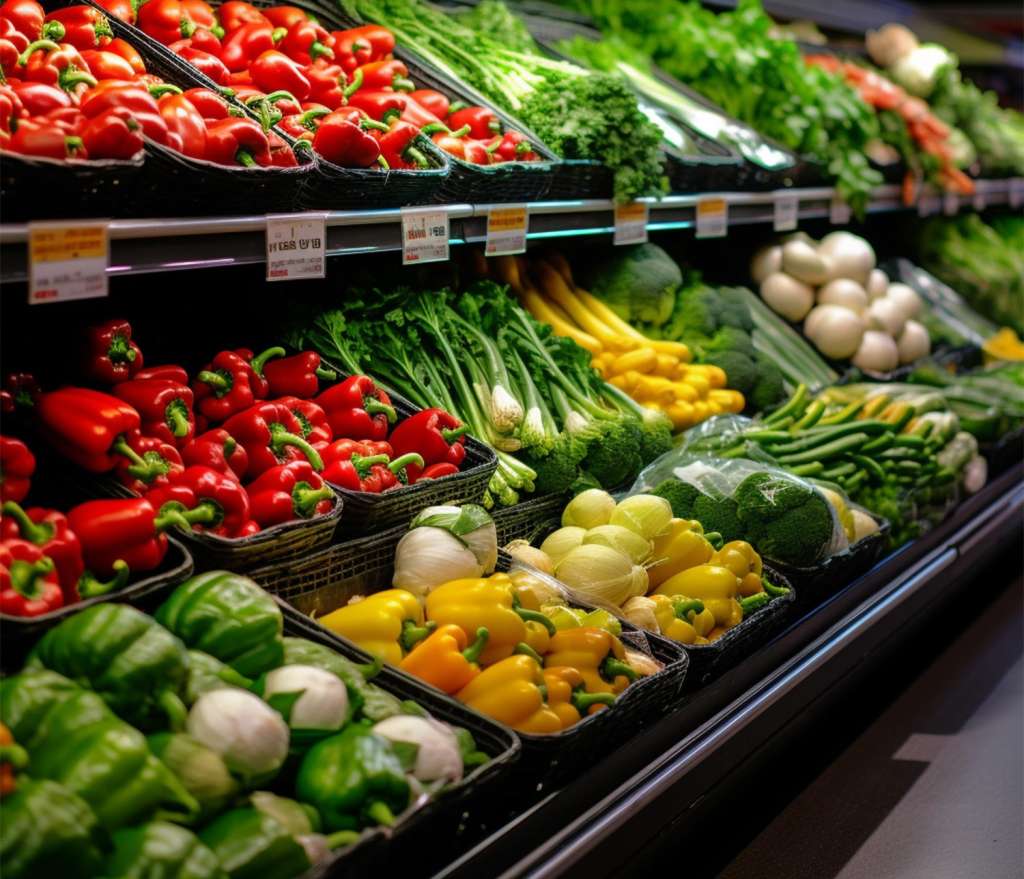Food inflation, the phenomenon of food prices increasing over time, has a direct and tangible impact on the daily lives of American families. This article delves into the implications of food inflation on average American households, analyzing the challenges it poses and the adjustments families must make to cope with rising food costs.
Food inflation refers to the general increase in food prices, affecting essential items such as groceries, and dining out expenses. Factors contribute to food inflation, including supply chain disruptions, weather conditions affecting crop yields, global market trends, and transportation costs. As food prices surge, American families find themselves grappling with higher expenses and tighter budgets.

The Effects on Household Budgets Financial Strain:
Food is a fundamental necessity. As prices escalate, families must allocate a larger portion of their income towards groceries, compromising their ability to save or spend on other essential items. Compromised Nutrition: Rising food costs can force families to opt for cheaper, less nutritious alternatives, potentially impacting their overall health and well-being in the long run.
Budget Reallocations:
With food expenses on the rise, households may need to cut back on discretionary spending, entertainment, or savings to accommodate the higher costs of feeding their families.
Challenges for Vulnerable Populations Impact on Low-Income Families:
Food inflation disproportionately affects low-income families, who already struggle to make ends meet. The increased burden of higher food prices exacerbates food insecurity and financial hardship.
Elderly and Fixed-Income Individuals:
Retirees and individuals on fixed incomes face challenges in adjusting to rising food costs. Their financial resources remain static while expenses continue to climb.
Coping Strategies for Families Meal Planning and Budgeting:
Families may resort to meal planning, budgeting techniques, and seeking discounts and promotions to stretch their food dollars further.

Home Cooking and Bulk Buying:
Cooking at home with budget-friendly ingredients and buying in bulk saves money and cuts down on costly dining out.
Community Support:
Some families turn to community food assistance programs, food banks, and local initiatives to supplement their groceries during times of heightened food inflation.
The Toll on Average American Families as food inflation takes its toll on average American families, several stark realities emerge:
Financial Stress:
Rising food prices increase financial stress and strain families’ well-being.
Trade-Offs and Sacrifices:
Families make trade-offs, possibly sacrificing quality or variety in meals due to rising food costs.
Impact on Children:
Children in these families might suffer from food inflation, risking disruptions to their diets and nutrition. Fact-based Conclusion In conclusion, the impact of food inflation on average American families is undeniable and significant. Rising food prices bring financial challenges, altering diets, and increasing stress on budgeting and meal planning. Families face multifaceted challenges, requiring adaptations to cope with tough times. As policymakers and stakeholders strive to address the complexities of food inflation, it is imperative to consider the real and tangible consequences it has on the most vulnerable members of society. Efforts to mitigate the effects of food inflation are crucial to ensure the well-being and stability of American families across the socio-economic spectrum.






